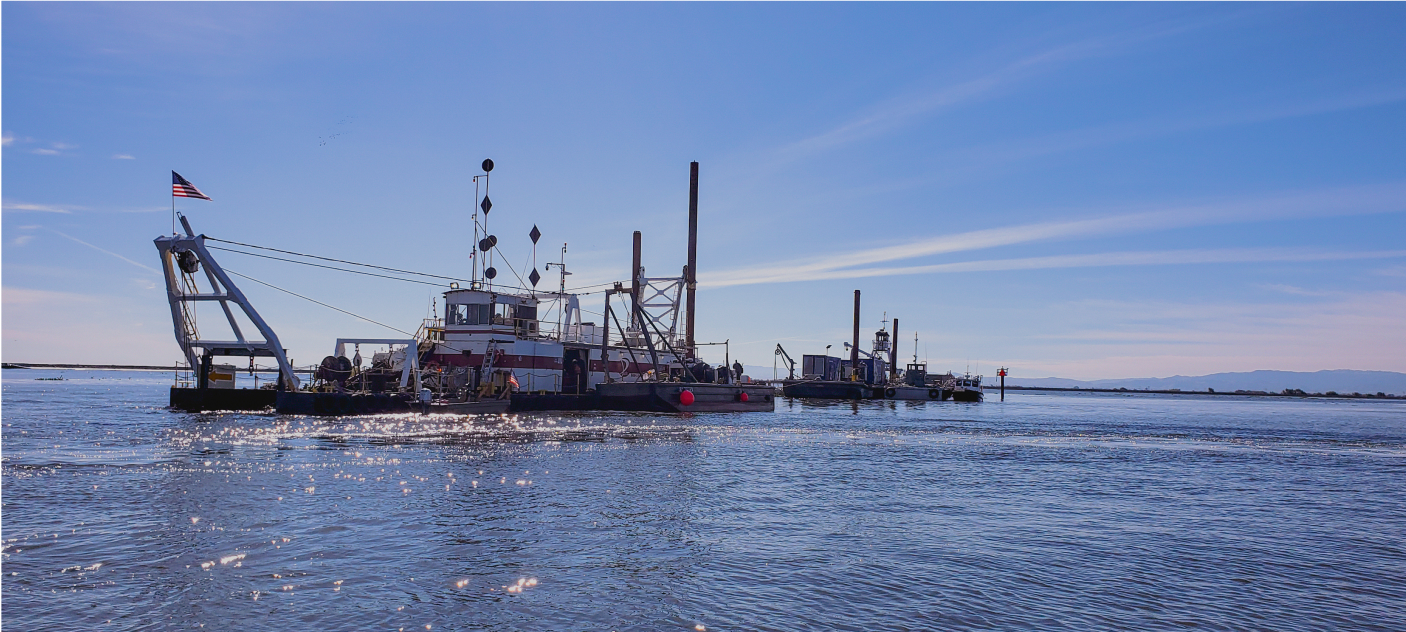California is our home. Pacific Maritime Group has happily done our work in Alaska, Mexico, Hawaii and Guam but California is our home. You learn that there are many Californias, each a reflection of the diversity of the people and geography of the state. Think of Yosemite and Death Valley, Lake Tahoe and Big Sur. Add the places not as well known, like Ski Country or Helland Back. It’s a big place, we find, full of surprises.
Same with our coastal California. As long time operators of offshore crew boats, barges, landing craft and tugs, the Pacific is our backyard. To those who wish to do business with us, let us share some tips and pointers in how we see our coast:
- San Diego, that most salubrious natural harbor, is home to our headquarters plus a sizable portion of the US Navy. As such we work from one end to the other serving customer needs. The intricacies of security barriers and picket boats must be taken into account. We make the runs into Mexican waters with regularity and have long standing relationships with many agencies, shipyards and builders there.
- Less than a hundred miles north is another PMG Branch, in Long Beach. Weather and seas from the border to Los Angeles tend to be mild, excepting winter storms or local Santa Ana winds. The twin harbors of Los Angeles and Long Beach are Box City, home to millions of containers. Our work in the Ports comprise myriad tasks from ship husbandry, salvage, construction, barging, dredging to film production.
- Continuing north, the Southern California nature of California extends to Santa Barbara. The Channel Islands sit like jewels strung along the coast. We have long done deliveries to the islands using landing craft and ramp barges, hauling everything from mobile homes to gravel, water, ammunition, bulldozers, fuel trucks and anything else. The US Navy and the US Park Service, seeming diametrically opposed agencies, share management of most of the larger islands.
- Venturing above Santa Barbara we pay attention to Point Conception. This is the elbow of the coast where the coastline changes from largely east to west to north and south. In doing so the shoreline is subject to the prevailing northwest seas. Weather becomes foggier and cooler. Large swells can be expected. Above Conception there are few places of refuge. We consult numerous weather agencies before towing north of this point.
- Above Conception is some of the most breathtaking coastline in the state. The rugged beauty of Big Sur and Carmel is a must see for any visitor. Our tows tend to be miles offshore, though, to be free of reefs, hazards and confused seas. Morro Bay and Monterey offer the only places to get out of a storm. We tend to run hard for the next great natural harbor.
- San Francisco Bay plays prominently in both state history and state economy. The Golden Gate is the way to the Ports of Oakland, San Francisco, Stockton and distant Sacramento. The shoreline of the Bay is home to oil refineries and also some of the most pricey real estate in the nation. We work throughout the Bay and Delta in dredge projects, barging and tows. Our tugs find the breezy central San Francisco Bay to offer vastly different challenges than the swift currents in Carquinnez or the Delta. Our keels have cut the rivers and sloughs as far inland as tugs can go.
- Above San Francisco the California Coast goes through another change. It is noticeably cooler and foggier. Cape Mendocino, like Point Conception, is where the coastline changes its overall aspect. It is more open to long west, northwest swells and storms. Again we consult weather agencies. The only port of refuge large enough for our tugs and tows is in Crescent City. “Deadheads” as sunken logs are known, are a threat to rudders and propellors. Northern California is so different than our Southern area it is no wonder the locals feel like the “Lost Coast”.
- After Crescent City and Point St. George to have made Oregon. Pacific Maritime Services has gone further north, of course, and will again. But that will be the topic of another blog.
